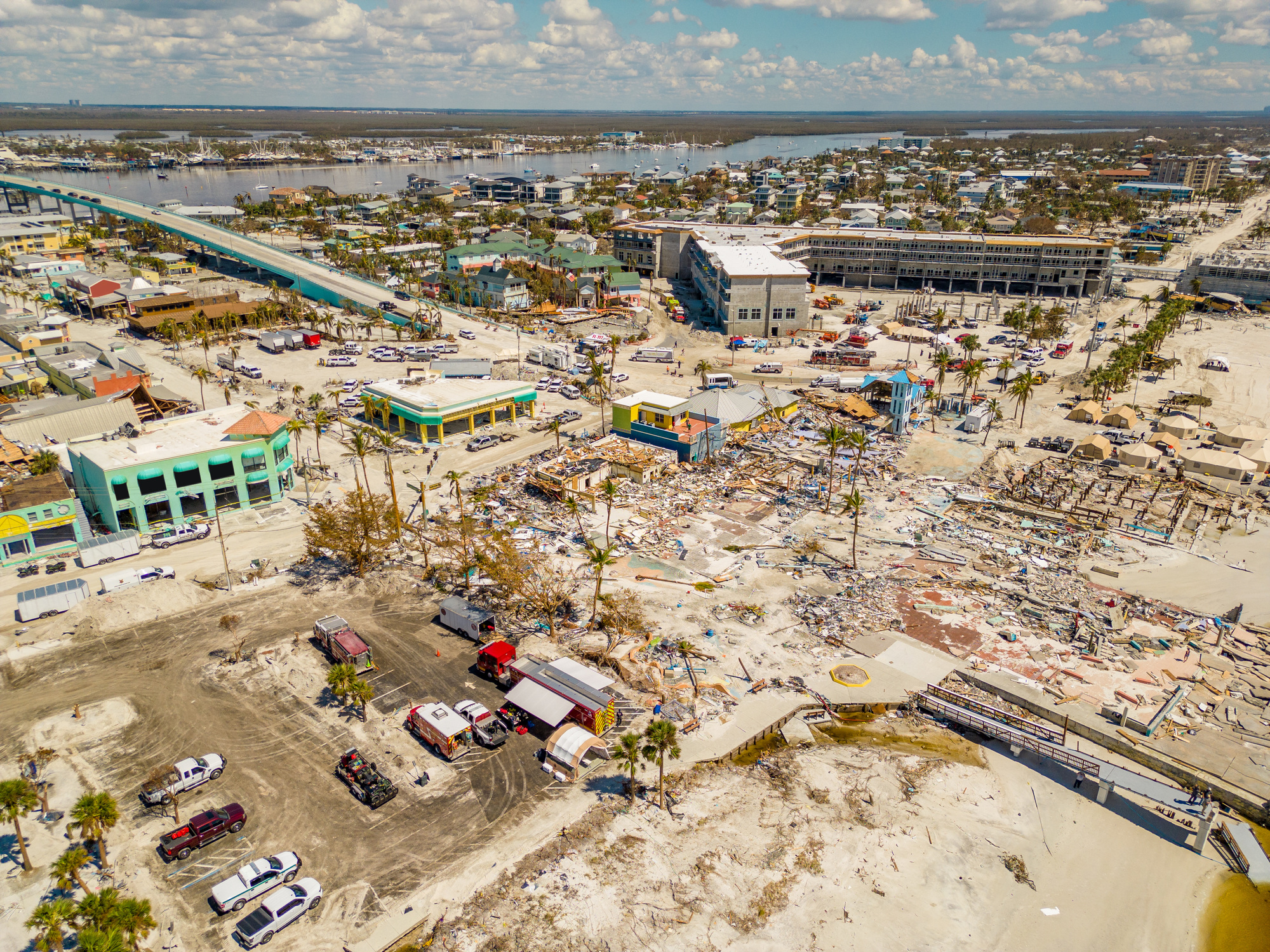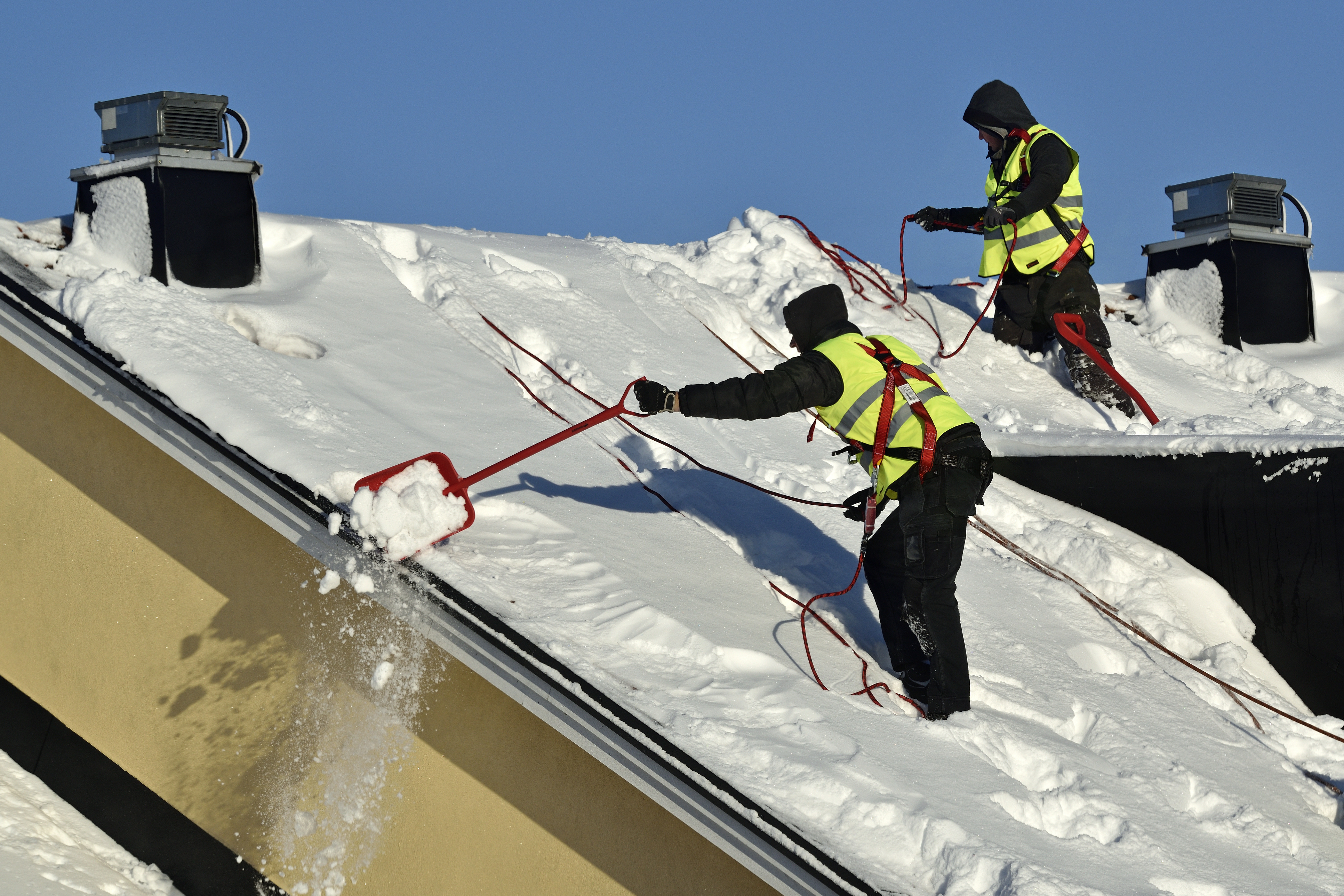The landscape of public and affordable housing organizations is evolving rapidly, shaped by technological advancements, societal shifts, and environmental concerns. While these changes bring about opportunities for progress, they also usher in a host of emerging risks that demand careful consideration and proactive mitigation.
In this blog post, we delve into these emerging risks, exploring their implications and the strategies that public and affordable housing organizations can adopt to navigate this intricate terrain.
Internet of Things (IoT): Balancing connectivity and security

The Internet of Things (IoT) has revolutionized how we interact with our environments, offering unprecedented connectivity and automation. IoT presents opportunities for enhanced security, operational efficiency, and resource management for public and affordable housing.
However, the proliferation of smart home devices raises concerns about data privacy and cybersecurity vulnerabilities. Organizations must implement robust cybersecurity measures, educate residents and staff about potential risks, and establish protocols to ensure the responsible and secure use of IoT devices.
Micromobility: Redefining urban transportation

The rise of e-scooters, e-bikes, and other forms of micromobility is transforming urban transportation and public spaces. While these alternatives offer eco-friendly mobility options, they also introduce new safety and liability considerations.
Insurers must assess and adapt their coverage to address potential accidents and injuries involving micromobility vehicles. Collaborative efforts between housing organizations, local authorities, and micromobility providers can contribute to safer coexistence in shared spaces.
Artificial Intelligence (AI) and Machine Learning (ML): Navigating ethical and model risks

AI and ML technologies hold promise for revolutionizing risk control and claims management in the housing sector. However, using algorithms also introduces model risks and ethical concerns, such as algorithmic bias.
Transparent and accountable AI practices, ongoing monitoring of algorithmic outputs, and regular audits can help mitigate these risks and ensure fair and equitable outcomes for all stakeholders.
Autonomous Vehicles: Shifting liability paradigm

The advent of autonomous vehicles poses novel challenges in terms of liability attribution in the event of accidents. Determining responsibility—whether it lies with the driver, manufacturer, or software provider—requires rethinking traditional insurance models.
Collaborative efforts among insurers, automobile manufacturers, and regulatory bodies are crucial to establishing a framework that addresses the complex liability landscape of autonomous vehicles.
Social Inflation: Rising claims costs in a changing legal landscape

The surge in litigation, broadening liability definitions, and larger jury awards contribute to social inflation, impacting multiple lines of insurance.
Public and affordable housing organizations need to adapt to these shifting legal dynamics by investing in risk management strategies, strengthening safety measures, and working closely with insurers to ensure comprehensive coverage.
Quantum Computing: Addressing cybersecurity vulnerabilities

The rise of quantum computing brings both opportunities and threats to the public and affordable housing sectors. While this technology can unlock new possibilities, it also has the potential to break encryption codes, endangering sensitive data.
Strengthening cybersecurity measures, adopting quantum-resistant encryption, and staying informed about quantum computing advancements are essential steps to safeguard against potential breaches.
Deepfakes and AI-Generated Content: Navigating misinformation and fraud

The evolution of deepfake technology raises concerns about misinformation and fraudulent activities, impacting areas like identity theft protection and liability insurance.
Developing advanced fraud detection mechanisms, promoting media literacy, and collaborating with technology experts can help housing organizations counter the risks associated with AI-generated content.
Green Buildings: Embracing sustainability with preparedness

The trend towards environmentally friendly buildings brings unique risks, such as the cost of specialized materials and technologies.
Insurers and housing organizations must collaborate to accurately assess and mitigate these risks, ensuring that the benefits of green buildings are balanced with the need for comprehensive coverage.
Tiny Homes Movement: Addressing portability and unique construction

The rise of tiny homes presents challenges related to their portability and unconventional construction.
Insurers should collaborate with experts to develop tailored coverage that addresses the distinctive risks associated with tiny homes, ensuring residents can confidently embrace this trend.
Shared Economy: Adapting to evolving home usage

The shared economy, exemplified by platforms like Airbnb, necessitates reevaluating property insurance coverage.
Housing organizations and insurers must work together to design policies that reflect the changing risk profile of personal homes used for commercial purposes.
Historic Building Repurposing: Safeguarding heritage with modernization

Repurposing historic buildings requires careful consideration of the unique risks associated with older structures.
Housing organizations should partner with heritage experts and insurers to ensure the preservation of these buildings while effectively managing risks.
Urban Vertical Farming: Cultivating crops and mitigating risks

The growth of urban vertical farming introduces new fire and water damage risks that demand innovative risk management strategies.
Collaboration between housing organizations, insurers, and agricultural experts is crucial to fostering sustainable urban agriculture while safeguarding against potential hazards.
Solar Panels and Wind Turbines: Harnessing renewable energy safely

As renewable energy generation becomes more prevalent, housing organizations must address the installation, use, and maintenance risks associated with solar panels and wind turbines.
Rigorous safety standards, proper maintenance protocols, and comprehensive insurance coverage are key to realizing the benefits of sustainable energy sources.
Seismic Retrofitting: Strengthening structures for resilience

In earthquake-prone areas, seismic retrofitting enhances building resilience and changes the risk landscape.
Robust engineering assessments, accurate risk assessments, and collaboration with insurers are essential to ensure adequate coverage for retrofitted buildings.
Bottom Line: Strike a balance between progress and security
As public and affordable housing organizations navigate this era of rapid change, proactive risk management is paramount.
By embracing innovative technologies, fostering collaborations, and staying vigilant about emerging risks, these organizations can strike a balance between progress and security, ensuring a brighter and more resilient future for residents and communities alike.
This article is for general information only. HAI Group makes no representation or warranty about the accuracy or applicability of this information for any particular use or circumstance. Your use of this information is at your own discretion and risk. HAI Group and any author or contributor identified herein assume no responsibility for your use of this information. You should consult with your attorney or subject matter advisor before adopting any risk management strategy or policy.





